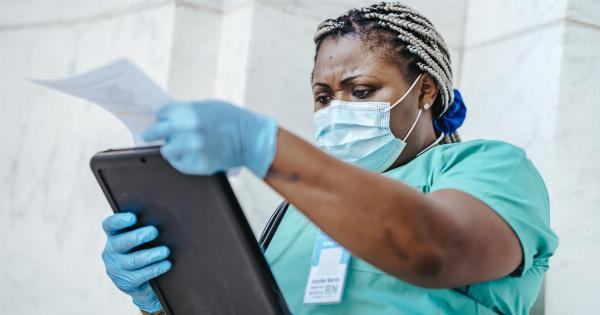Hospitalization can be an expensive affair, one that can be a major financial burden on families. While health insurance can help cover some of the costs, not everyone can afford it, and there are expenses that are often not covered.
For this reason, many hospitals offer programs that are designed to help patients and their families deal with the financial burden of hospitalization. In this article, we’ll look at some of these programs and how they can help.
1. Financial Assistance Programs
Many hospitals offer financial assistance programs that are designed to help uninsured or underinsured patients manage the cost of their healthcare expenses.
These programs often provide discounts or even free medical care for those who meet certain income requirements. Patients can apply for these programs through the hospital’s financial assistance department, and in many cases, applications can be completed online. Some hospitals also have staff members who can help patients navigate the application process.
2. Payment Plans
For those who are not eligible for financial assistance programs, hospitals may offer flexible payment plans. These plans allow patients to pay off their medical bills over an extended period of time in smaller, more manageable installments.
The hospital may also be willing to negotiate payment plans that are tailored to a patient’s individual financial situation. In some cases, hospitals may even be willing to forgive some or all of a patient’s debts.
3. Charitable Care
Charitable care is another program that many hospitals offer. This program is designed to provide free medical care to those who cannot afford it. Hospitals may work with charitable organizations or local foundations to provide these services.
To qualify for charitable care, patients usually need to demonstrate financial need and show that they do not have insurance or other resources to pay for their medical bills.
4. Government Assistance
Government assistance programs, such as Medicaid or Medicare, can also help alleviate the financial burden of hospitalization.
These programs are designed to provide health insurance coverage for individuals who meet certain income requirements or have certain medical conditions. Patients who qualify for these programs may be able to receive free or low-cost medical care, including hospitalization.
5. Prescription Assistance Programs
Prescription assistance programs are designed to help patients who are struggling to pay for their medications.
These programs are often offered by pharmaceutical companies or non-profit organizations and can help patients obtain free or low-cost prescription drugs. Some hospitals also have staff members who can help patients navigate the application process for prescription assistance programs.
6. Medical Bill Negotiation Services
Some hospitals offer medical bill negotiation services to their patients. These services can help patients negotiate with their healthcare providers and insurance companies to reduce their medical bills.
Hospitals may also be willing to work with patients to set up payment plans or even forgive some or all of a patient’s debts.
7. Patient Advocacy Services
Patient advocacy services are designed to help patients navigate the complexities of the healthcare system.
These services may include working with patients to understand their insurance coverage, helping them find the resources they need to pay for their medical bills, and even coordinating care with their healthcare providers. Patient advocacy services may be provided by hospitals or by independent organizations.
8. Crowdfunding
Crowdfunding has become a popular way for patients and their families to raise money to pay for medical expenses. Many hospitals have set up crowdfunding pages to help patients raise money to cover their medical bills.
These pages can be shared on social media, and donations can be made online.
9. Hospital Foundations
Hospital foundations are non-profit organizations that are dedicated to supporting healthcare initiatives in their communities. These foundations may provide financial assistance to patients who are struggling to pay for their medical bills.
They may also work with hospitals to fund programs that are designed to improve the health and wellness of their communities.
10. Community Resources
Finally, patients and their families can often find help from community resources.
Local non-profit organizations, religious institutions, and government agencies may offer financial assistance or other resources to help patients manage the cost of their healthcare expenses. Patients can often find information about these resources through their hospital’s financial assistance department or patient advocacy services.
Conclusion
Hospitalization can be a major financial burden for patients and their families. Fortunately, there are many programs available that are designed to help alleviate this burden.
Patients and their families should be proactive in exploring these programs to find the ones that are best suited to their individual needs. By taking advantage of these programs, patients can focus on their recovery without worrying about the financial impact of their hospitalization.





























